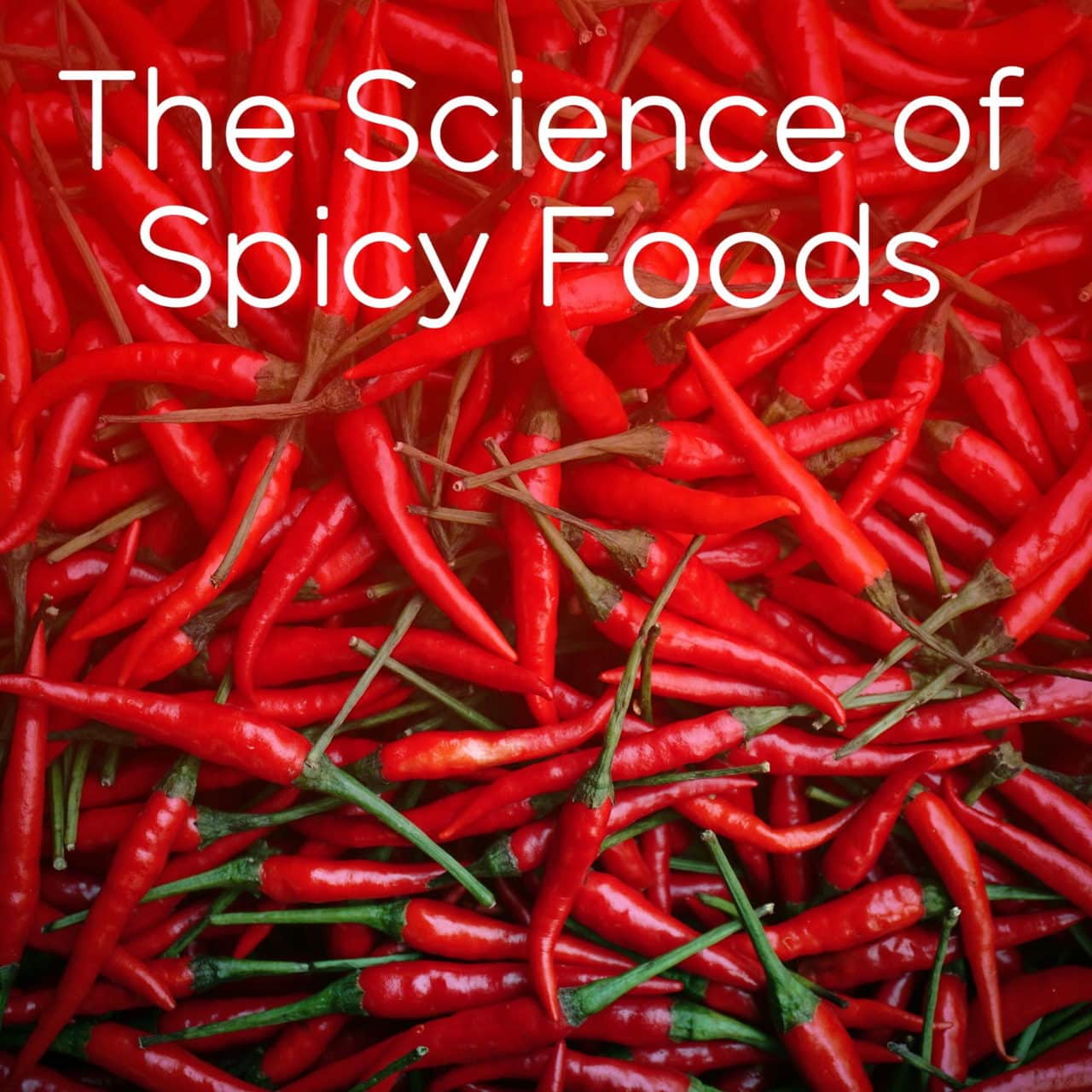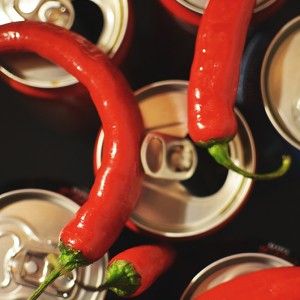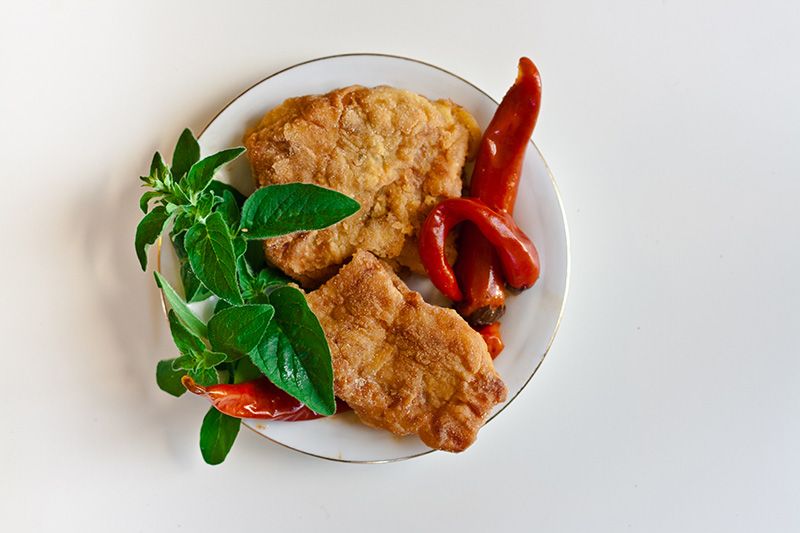The Science of Spicy Foods


Alexander Webb – The Wandering Writer
Some love them, some hate them, but there is no doubt that spicy food is a hot topic. But why is spicy food spicy? Why do we like food that sometimes hurts? Are we the only animals that like it spicy? Let’s find out.
Spicy Food is Sort of an Accident
Spicy food tastes “hot” because of the way capscaicin—a compound in spicy foods—binds to something known as the VR1 receptors—present in human tongues and skin. Interestingly, this is somewhat of a biological accident. The VR1 receptors primary purpose is to prevent us from eating things which are hot (in the sense of temperature) which might burn our skin or mouth. It is simply an accident that the compound in spicy foods “fits” that particular receptor. That’s why spicy things seem ‘hot’.
Spice Activates Pain…
Studies showed that both for Americans and Mexicans, the optimal level of spice was just below the threshold at which a dish would become too spicy. This suggested to researchers that humans love of spice is due both to the pleasure, and pain it provides.
…And Pleasure
Although we think of pleasure and pain as completely separate experiences, at the biological level there is interplay between pleasure and pain. Neurons that regulate either sensation are closely linked, both in the way they operate, but also their physical location in the brain.
Animals Don’t Like Spicy Foods
Rats and other animals avoid spicy foods under a host of conditions where we would assume they would love it. In cultures where spicy foods predominate, rats eating leftovers still prefer non-spicy dishes. Rats raised in a laboratory, fed only with spicy foods still prefer mild dishes. Only rats which were unable to taste spice had no preference.
So remember, the next time you want to throw some sriracha on your lunch, thank a biological accident, and the fact that humans like both pleasure and pain, for the reason it tastes so good.
 Alex Webb is a traveller who has visited over 30 countries and lived in Hong Kong, Japan, China, South Korea, and the United States. He has written for National Geographic Books and co-authored a book published by the Financial Times Press. When he’s not travelling or writing, he enjoys playing guitar and writing songs. Follow him on instagram at @alxndrwb
Alex Webb is a traveller who has visited over 30 countries and lived in Hong Kong, Japan, China, South Korea, and the United States. He has written for National Geographic Books and co-authored a book published by the Financial Times Press. When he’s not travelling or writing, he enjoys playing guitar and writing songs. Follow him on instagram at @alxndrwb









